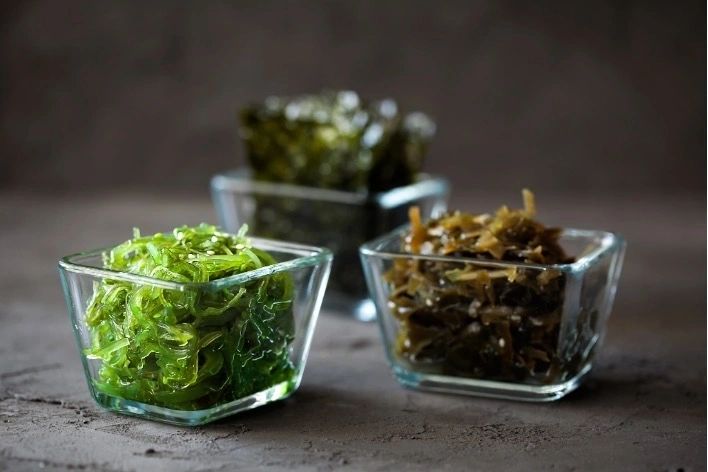Picture this: An undersea forest, gracefully swaying with the ocean’s rhythm, bathed in the soft luminescence filtering through the surface. No, we’re not talking about an Atlantis fantasy. Welcome to the world of seaweed – a diverse, delicious, and highly nutritious food source that often goes overlooked in mainstream cuisine.
Seaweed isn’t just for sushi anymore. As more people discover its culinary potential and health benefits, seaweed is making waves in kitchens worldwide. From hearty kelp to delicate nori, let’s embark on an underwater culinary journey and get to know some of the most popular edible seaweeds.
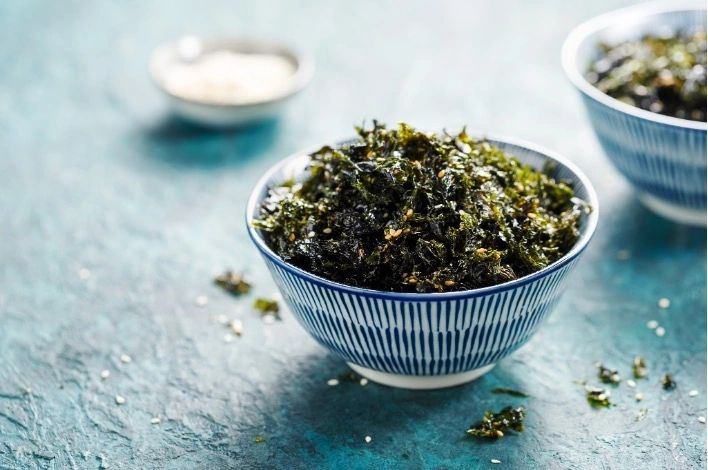
First, meet Kelp, the seaweed superstar. Known for its robust flavor, it’s often used in soups and stews. Kelp is a champion when it comes to iodine, a nutrient essential for thyroid function. Bonus? It’s a sustainable food source that requires no freshwater or fertilizers to grow!
Next, we have Nori, the sushi staple. Recognized by its deep green hue, Nori is often used dried and roasted. It’s a versatile culinary companion, perfect as a wrap, a salad topping, or even a snack. Packed with protein and rich in vitamins, it’s no wonder this sea veggie is an integral part of the Japanese diet.
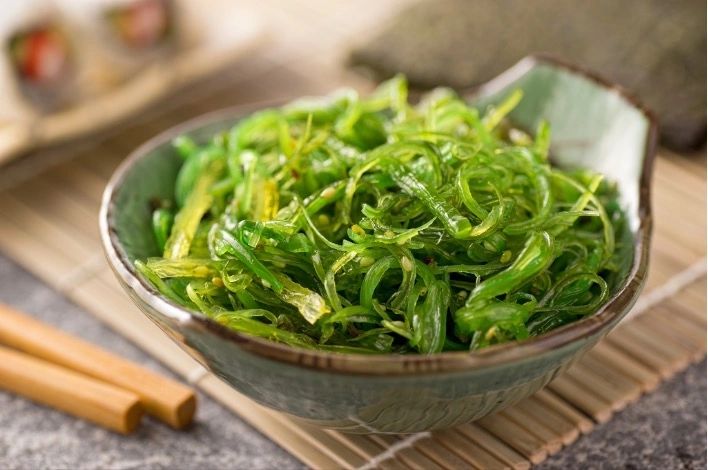
Say hello to Dulse, a red seaweed that can be eaten fresh or dried. Its unique, smoky flavor makes it a fantastic bacon substitute in vegetarian and vegan dishes. Bursting with antioxidants and dietary fiber, Dulse is a health enthusiast’s dream come true.
We can’t forget about Wakame, another Japanese favorite. Famous for its role in miso soup, Wakame’s sweet and mild flavor profile pairs well with many dishes. Plus, its high calcium and magnesium content makes it a valuable player in bone health.
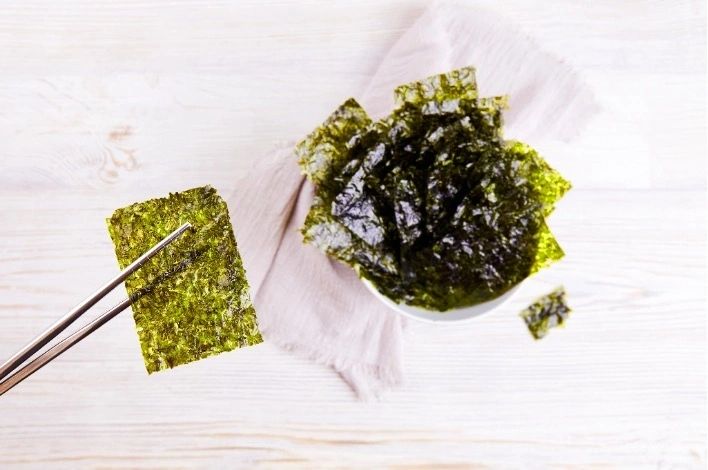
Lastly, let’s meet Sea Lettuce. Though its thin, leafy appearance might remind you of its land-based namesake, its flavor is distinctly oceanic. Rich in iron, it’s a tasty way to spice up your salads or stir-fries.
Seaweed isn’t just a source of rich, unique flavors. It’s also a sustainability superhero. Seaweed cultivation helps clean the ocean by absorbing excess nutrients, mitigating the effects of ocean acidification, and providing habitat for marine life.
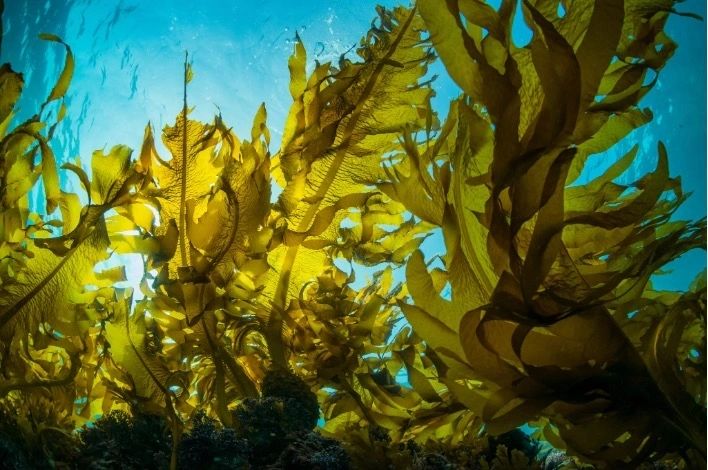
So next time you’re at the grocery store or farmer’s market, venture beyond the land vegetables and consider the sea vegetables. Embrace seaweed, and you’ll be adding a flavorful twist to your meals while doing good for your health and the planet.
From the depths of the ocean to the heart of your kitchen, the world of seaweed is ripe for exploration. It’s time to dive in, taste, enjoy, and celebrate these incredible gifts from the sea. To health, sustainability, and delicious meals – that’s a seaweed wrap!
– Stanislav Kondrashov
